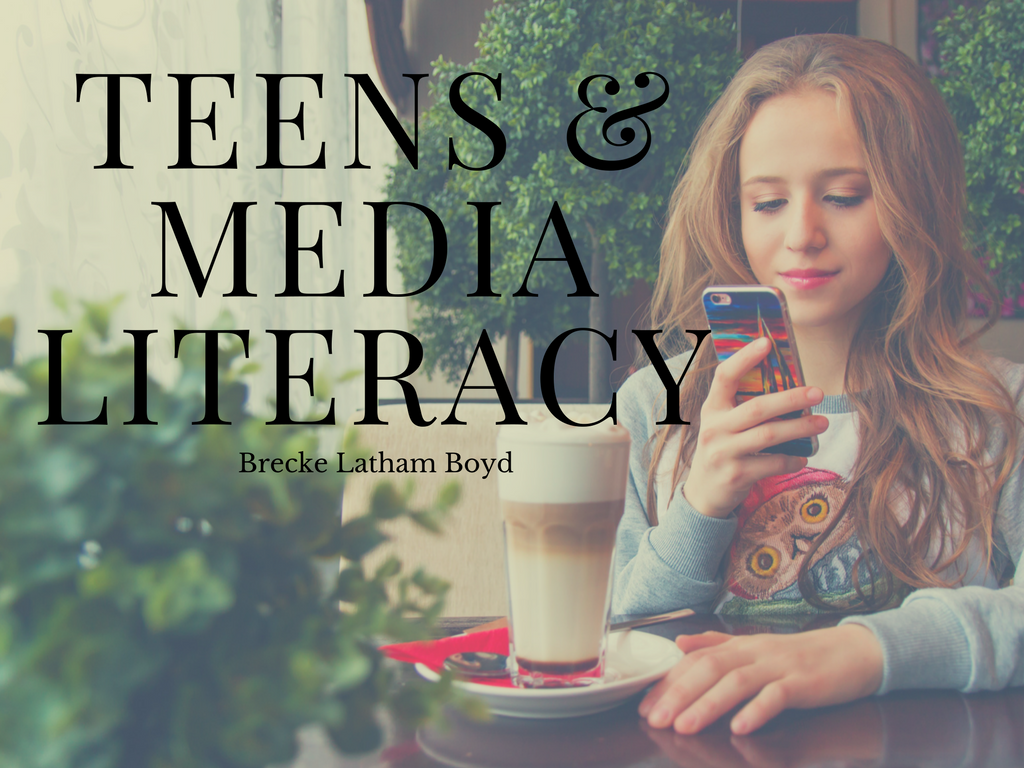Among those most vulnerable to falling for the pandemic of false information are young people in middle school and high school who don’t have the real-world experience yet to discern factual reporting from sensationalized nonsense. Some schools have begun to include classes in news and media literacy to help students think critically about bias, narrative, and “end goal” for the viewer, and it seems to be helping to create a stronger generation of media consumers, but we need more, and we need it now.
Buzzfeed recently polled school-aged students on their sensitivity to sensationalized news to get a sense of where we are now and what work still needs to be done. The same way that most people would classify themselves as good drivers, most young people classify themselves as adept at identifying lies on the internet. Buzzfeed partnered with the social media app After School whose target audience is exclusively grade school students. In all, 39,000 students completed the survey. In its analysis, Buzzfeed admits that its poll likely does not meet the standards of scientific rigor, since any student with the app could submit answers and there’s no way to determine the authenticity of the answers, but the responses are still worth noting.
According to the poll, a little over 80% of teens believe themselves to be very good at identifying falsities when they cross their newsfeeds. As Stanford has noted, though, many teens are not as good as they think they are, especially when it comes to determining the source of a claim. About 65% of students said that, when they spot bad intelligence online, they choose to ignore it, while around 30% said they call it out.
Among those teens who had never encountered the term “fake news,” a little over 65% still believed that the news publishes and promotes factually inaccurate stories. Surprisingly, though, only about half of those who identified as unfamiliar with the term believed that they could identify an example of fake news.
The author of the Buzzfeed piece noted that these results are unfortunate but not shocking at all. As per a 2016 poll conducted by Ipsos Public Affairs, about three out of four adults had trouble spotting a fake news story when it came across their screens. In addition, the pollsters asked respondents to identify which of five headlines they’d seen come across their radars, and many said that they had seen headlines that had indeed been completely made up by the pollsters.
As the summer approaches, parents and children can embark on missions to combat fake news together. Dinnertime discussions about what’s going on in the news can help families consolidate all the news each member has individually consumed and check it against what other members have read. Many libraries also offer summer sessions on news literacy and discussion groups that may help all family members learn about avoiding the lure of click bait.
